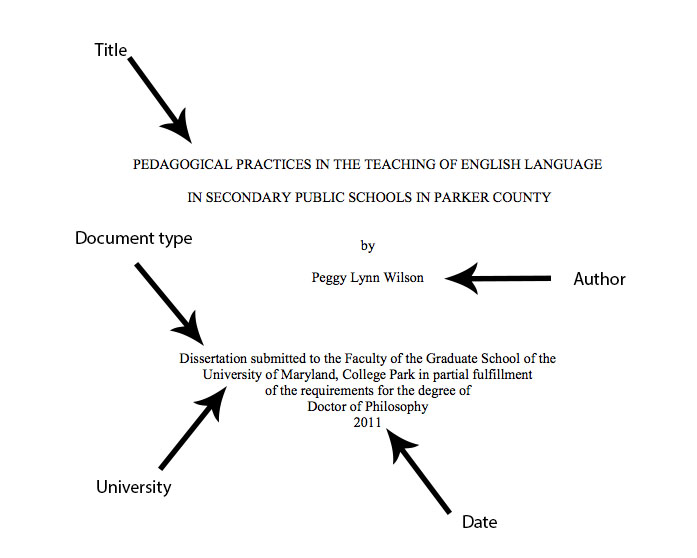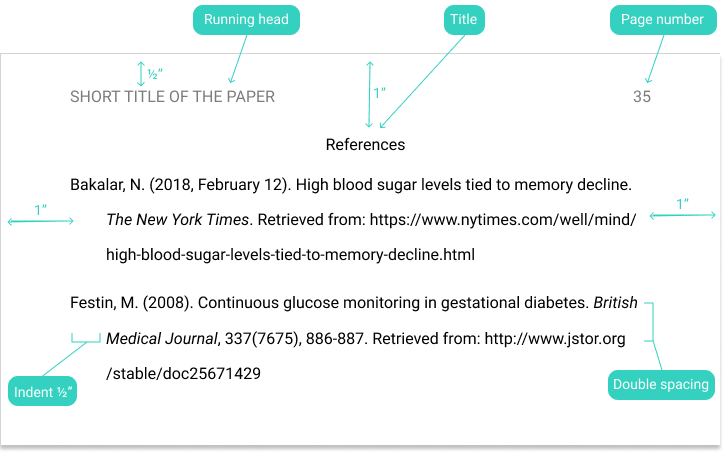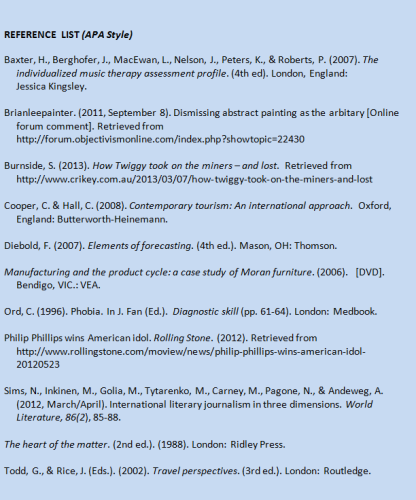How to use the Griffith referencing tool step-by-step

Referencing is an integral part of any academic paper. It helps students structure their arguments and acknowledge the sources referred to in their research. With referencing, you add more credibility to your paper. Plus, it also saves you from plagiarism accusations.
Now, there are four different referencing styles that most universities follow- MLA, APA, Harvard, and Chicago. Each of these formats suits specific subjects or topic. You can consult your peers and professors before picking a particular style.
Griffith University, one of the pioneering institutions in Queensland, Australia, allows students to pick from either of these referencing styles. If you are a novice at academic writing, wondering about how to start referencing, this is the right place for you.
Here is a step-by-step guide to citing your sources correctly. You can also check out the short link sections below for some extra assistance on referencing.

Step 1: Pick a style
There are four main ways of referencing a paper. MLA is suitable for theory-based pieces while Harvard and APA are ideal for stat-based research. Chicago style is widely used for arts and humanities-based topics.
All four referencing styles follow a different structure for citing the sources. The Griffith referencing tools assists you with all these four formats. But, how to decide which of these would be a good fit for your paper? Well, the topic and content of your paper determine which format you can opt for.
MLA referencing
MLA or Modern Language Association is a referencing format used by students for their literature reviews. The formatting rules are pretty flexible, allowing students to cite digital papers, books, and websites as credible sources.
While the MLA handbook still has a bunch of rules about citing sources, it is not as rigorous as before. MLA has a universal appeal and includes the following elements.
- Author’s name or initials
- Title of the source
- Name of the book/edition
- Publication date and year
- Publishing house
- Editor, translator, or reviewer
- Location
Each of these elements is followed by punctuation, usually a comma or a semi-colon. Also, the title of the source material is italicized or put in inverted commas.

APA referencing
APA or American Psychology Association is another referencing format suitable for scientific or stat-based research papers. This system includes in-text citations, footnotes, endnotes, and annotations. The current APA 7th referencing edition is prevalent in most universities.
The APA format follows a simple author-date structure. You don’t have to add any unnecessary details like publication history, editors etc. With in-text citations, you simply mention the name (surname or initials) of the author, followed by the source title. The other details are listed further below in the reference list.
You can cite entire books, sections, paragraphs, digital papers, videos, movies, images and more with APA. Note that you must also cite sources you paraphrased from to avoid any accusations of intellectual theft later.

Harvard referencing
AGPS Harvard or Australian Government Publishing Service is another author-date style in-text citation format useful for scientific journals. Students have to mention the surname and title of the text in brackets in the assignment body. The details of this citation come later in the reference list, which is alphabetically arranged.
Harvard referencing is quite similar to APA. Both the systems follow a parallel approach when it comes to stating the details of the source text. The in-text citations make it easier for the reader to identify the borrowed sections.
The reference list towards the end of the paper provides more information about the publication history of the text. The sources of paraphrased sections must also be mentioned as in-text citations.

Chicago referencing
Chicago referencing is similar to MLA, in that they both cater to theory-based research papers. Chicago, in particular, is suitable for arts and humanities. However, unlike MLA, Chicago referencing style follows an author-date format.
The in-text citation in Chicago format includes the author’s surname, page number and the year of publication. For further details, the reader must check out the reference list. The information is separated by a comma or semi-colon.
The Chicago style follows the same format for books, journals, papers, websites and more. The name of the source material is italicized. The name of a specific research paper put under inverted commas.

Step 2: Identify the source text.
Before you begin to cite a source, you need to understand the book and paper you refer to. The topic and subject of your research determine what source material you use. For instance, an article about marketing theories would involve market studies and surveys.
And as I have mentioned before, the referencing style depends on the topic of your paper. Therefore, if you categorize a piece as market research, you cite it in APA or Harvard format. For literature reviews, you can rely on MLA or Chicago styles.
Step 3: Collect accurate information
Once you know enough about the content of the source material, you can decide which referencing style to pick. I suggest students keep the referencing section for last. Mark paras where you have a referenced a source and complete it later.
When you research and read up about a subject, you refer to multiple sources for information. Citations become more manageable when you make a list of all these sources as and when you refer to them. Collect the publication information, location, author’s name etc. about the source text. There are online citation tools that save you the time and effort.
Citations become more manageable when you make a list of all these sources as and when you refer to them.
Step 4: Ask the necessary questions.
Citing a source is not a complicated task, provided you have all the necessary information about it. Students are often confused about what to include in their references. Before I answer that, let us first understand why referencing is essential.
Referencing is necessary to give credit to the source material. It is a system used to acknowledge the intellectual effort put in by another scholar/researcher. No academic paper is written in isolation. You need to refer to the previous research done on the subject before placing your own arguments.
Here are some of the critical questions you can ask to decide what to include in your citation.
Who
The first question you need to ask is, “who wrote this text/paper”. Note that the creator of the text is not always the author. Sometimes, you may also find details about the editor, translator, or an artist. If you refer to a film or an image, you need to know about the director, producer, or painter, respectively.
What
Next comes the “what” aspect of the reference. What is it that you want to cite? In this section, you include the name of the source text. This can be a magazine, a book, an online journal, a website, a documentary or even an image.
Some sources can have other divisions like volumes, editions and more. Mention the particular importance, edition, or publication of the source material as well.

When
“When” cover the date and year that the source text was published. This section would also include publication company, history and other adaptations that might influence your paper. In case you refer to online articles and websites, mention the publishing date in the in-text reference.
You can include the date and time of accessing the website in the reference list below. You can mention the year of publication in the in-text citation, next to the author’s initials. Ensure that these details are separated by a comma.
Where
Here, you state the location of the text. It can include the university or publication house where the text is based. The geographical location states the country, city, and town where the book was first published.
When you state the year and location of the source material, it places them in a context. This helps the reader locate the background of the text to understand it more manageable.
Referencing lists are always arranged in ascending order.
Step 5: Add footnotes/annotations
Footnotes and annotations are not necessarily mandatory, but it sure earns you a few extra brownie points from your professor. Footnotes and endnotes appear in the body of the paper. Annotations come in the bibliography towards the end of the research.
Annotation expands upon the citation, it gives the reader more context on the text, its history, and implications. You can use footnotes to give out more information that might not be relevant to your research.
Ensure that you mark footnotes and endnotes for easier identification. This also gives the reader a better context on the topic. You can also mention referencing reading material, papers and more this way.

Step 6: Organize your referencing list.
Lastly, the reference list is a section that comes towards the end of your paper. It is here that you explain the in-text referencing mentioned in the body of your essay. With a reference list, you state the publication history, volume, edition, and other information about the source.
Referencing lists are always arranged in ascending order. Also, the surname of the author precedes their name. If the same author has written multiple texts referred to in the paper, you can list them under a single category.

Quick links for you
I have curated some useful links and external sources taken from credible university websites for deeper insights. Check it out
Citation generator: Citethisforme
MLA referencing guide: MLA referencing guide by OWL Purdue University
APA referencing guide: APA in-text referencing guide by PennState University
Harvard referencing guide: Harvard Citation format by Mendeley University
Chicago referencing guide: Chicago referencing guide by Murdoc University
Griffith citation guidelines: Griffith University guidelines


